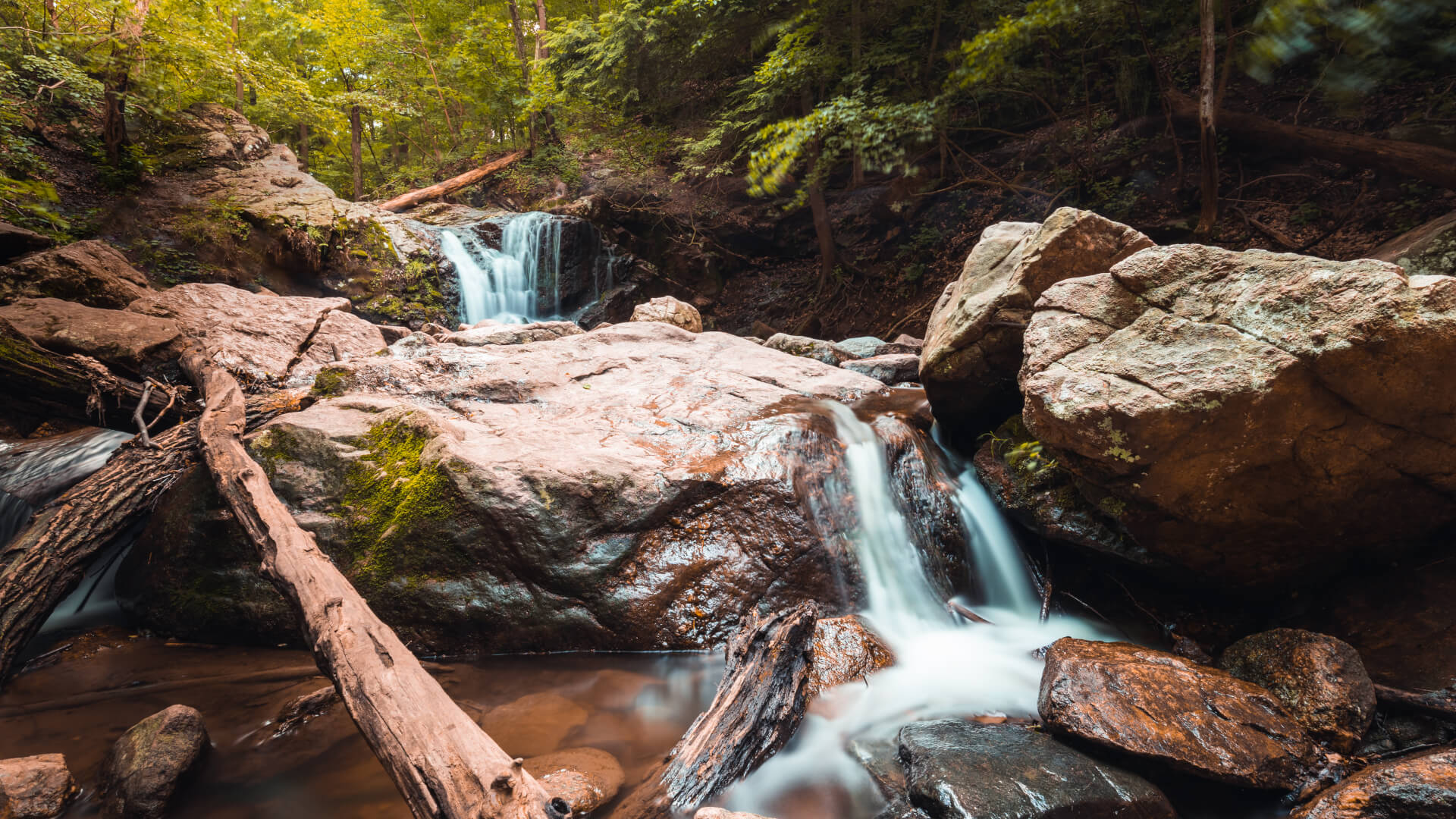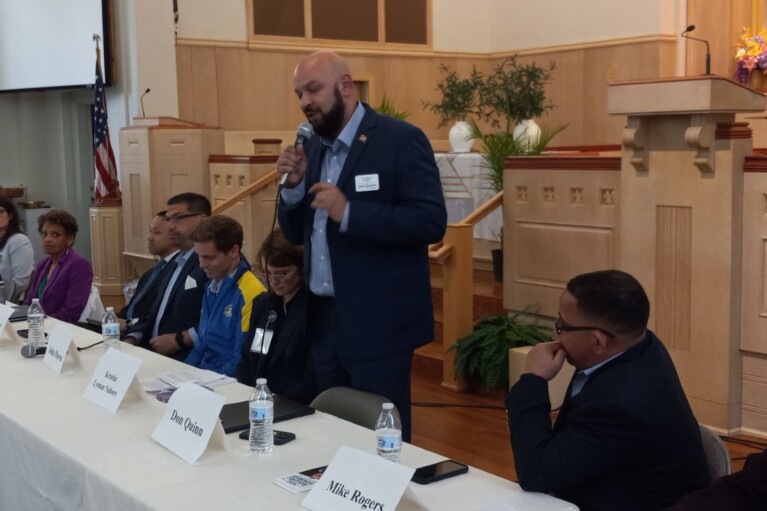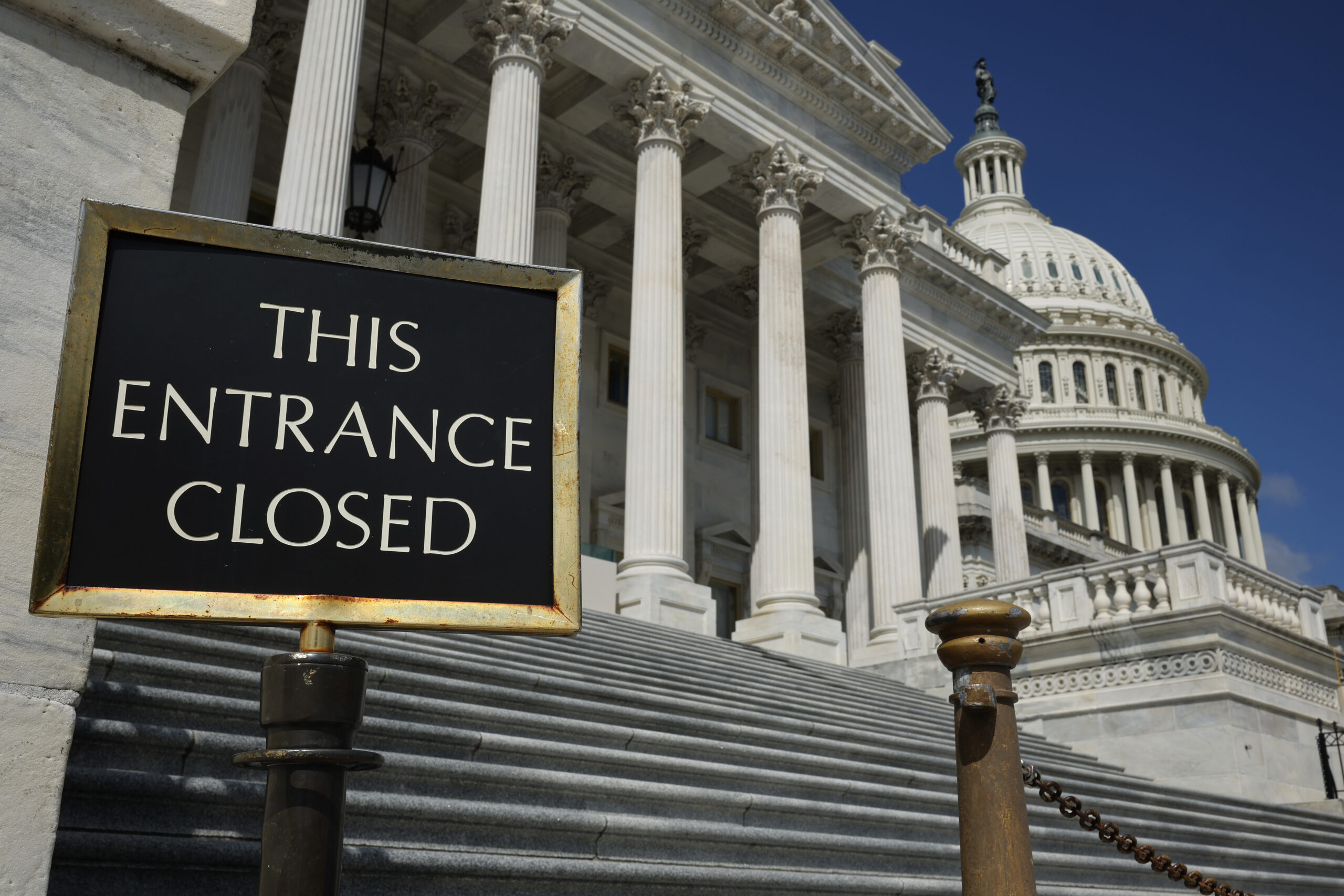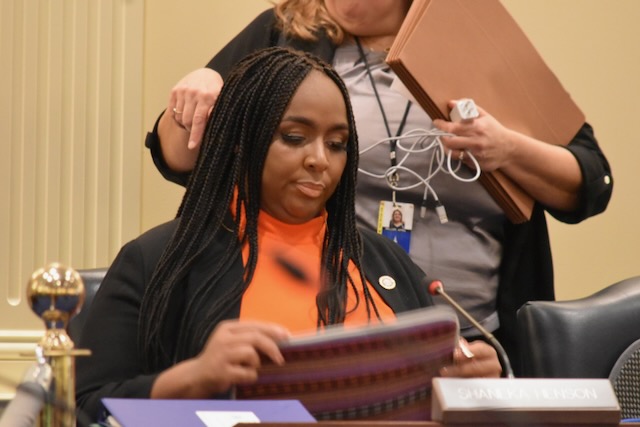Gov. Glendening, Del. Luedtke and Sen. Elfreth: A Once in a Generation Opportunity for Our State Parks

By Parris N. Glendening, Eric G. Luedtke and Sarah K. Elfreth
The writers are, respectively, the 59th governor of Maryland, the majority leader in the House of Delegates who represents Montgomery County, and a state senator from Anne Arundel County. All are Democrats and all serve on the State Parks Investment Council.
From the frozen wonderland that is Swallow Falls in winter to the crashing surf of Assateague Island in the summer, Maryland’s State Parks are both beautiful and iconic. More than 100 years ago, previous generations of Marylanders began establishing the parks as places for us to explore, to learn, and to relax. They have been handed down to us in trust by every generation since. But we have not always been the best stewards of this great inheritance.
2022 is the year we change that.
Our parks today are overcrowded, underfunded, inaccessible to many, and in need of critical repairs. Today we have a once-in-a-generation opportunity to ensure that the system we pass down is in better shape than it is now. Earlier this year, Speaker Adrienne Jones and Senate President Bill Ferguson appointed us as members of a State Parks Investment Commission to tackle these challenges.
Together with our commission colleagues, we released a report in December that includes dozens of recommendations for giving Marylanders a world class park system. A system that is well-managed, easily accessible, and that provides all Marylanders greater access to greenspaces, trails, water, and the great outdoors. A system that gives each of us the opportunity to connect with our natural world, all while improving our health, quality of life, and economy.
The urgency of the moment is clear. In March of 2020, life as we know it came to an abrupt halt. Kids came home from school. Adults came home from work. Gyms, movie theaters, restaurants, and shops closed their doors as we all braced for the worst. We all remember these first few months cooped up in our houses glued to the news and shut off, at least physically, from our friends, families, and neighbors.
But, as time went on, we began emerging from our homes. And for many of us, the first places we visited were parks.
The availability of these outdoor spaces drew us out of our homes to rediscover the beauty of our region. For countless families, Maryland’s State Parks were blessings where our kids could run and play, where we could walk to clear our heads, and where life could slow down and the scenery could distract from the terrible news on our TVs. From the serene beaches of Sandy Point State Park to the breathtaking mountain scenery at Rocky Gap, parks offered a place to exercise and find screen-free entertainment.
And around the state, Marylanders did just that. Our state parks experienced record attendance in 2020 as 21.5 million visitors were welcomed to our parks, a 45% increase from 2019. And a recent Goucher Poll found that 71% of Maryland respondents visited a state park in the past year. As more Marylanders found their way to these parks, they quickly became a routine part of life.
Flash forward to July 4th weekend of this year. Coronavirus cases were low, businesses had opened back up, and people began mingling again. But Marylanders had not forgotten their rediscovered affection for our parks. This led thousands to seek outdoor respite with friends and family to celebrate Independence Day. But, for many, their plans were forestalled as parks were closed due to overcrowding. In fact, seven of the state’s most popular parks were closed to the public at some point that weekend.
These closures created significant and justified frustration for Marylanders across the state. Here they were, with their families piled in a car, loaded with the makings of a first class Fourth of July, often having driven long distances to enjoy the parks their tax dollars pay for, and they were denied entry.
We are grateful to Speaker Jones and President Ferguson for responding to this issue by creating the State Park Investment Commission and tasking us with studying the challenges to and opportunities within our state parks system. The commission’s work between August and December captured the input of dozens of stakeholders and experts. From the first meeting it was clear: our parks have been
overcrowded and critically underfunded for years.
The Maryland Park System has a roughly $65 million critical maintenance backlog on its books that includes crumbling roads, culverts in need of replacement, dilapidated restroom facilities, and more that directly impact park visitor experience.
Our parks are also severely understaffed. The Department of Natural Resources, which oversees the parks, simply does not have enough rangers and other related staff to keep up with the crowds and the work expected of them. We have approximately as many staff in the Maryland Park Service now as we had in 2009, when attendance was less than half of what it is today.
Unresolved maintenance issues and lack of staffing limit the capacity of parks, and when they reach capacity they have to close their entrances to protect both the public and the parks themselves. The commission found that parks had closed because of overcrowding a staggering total of 292 times in 2020 alone. But these closures predate the pandemic and, unfortunately, 2021 presented more of the same.
But the challenges to access are not limited by park closures. The commission heard compelling testimony that lack of access to parks by public transportation limited who could enjoy our natural treasures. Some of our state parks are in relatively rural parts of the state where transit is not a viable option. But for parks closer to urban areas, such as Patapsco, Gunpowder Falls, or North Point, the commission is recommending innovative ways to provide access for people who do not own a car.
Included in our recommendations are a call for new and expanded parks and other outdoor recreation opportunities including water access, measures to avoid park closures, a paydown of the maintenance backlog, requirements to hire additional staff, expansion of public transportation to parks, and more. Together, these recommendations have the potential to restore and expand our park system, giving Marylanders today and future generations the world class park system they deserve. A world class park system will also serve as a boon for our state’s economic future.
The 2010 Maryland State Parks Economic Impact and Visitor Study found that parks created an estimated annual economic benefit to local economies and the state of more than $650 million. What’s more, state park visitor spending supports more than 10,000 full-time jobs and generates more than $39 million in state and local retail, gasoline, hotel, and income taxes. And with state park visits growing exponentially, one can expect that the economic impact will continue to increase as well.
And finally, as we continue to address the existential threat of climate change, parks play a crucial role in land conservation efforts. The lands and forests they protect serve an important role in sequestering carbon and improving air and water quality. Thus, parks provide us with a great opportunity to combat climate change while delivering Marylanders from every walk of life access to outdoor spaces. A notable win-win in the complex politics of climate change.
Legislation to implement that Commission’s recommendations will be introduced during the 2022 legislative session, and it is our hope that Marylanders from every corner of the state will support this endeavor. During these times of particularly toxic divisiveness in our politics and, increasingly, our everyday lives, let’s prove that Marylanders can unite around this once-in-a-generation opportunity. Let’s build on our inheritance from previous generations of Marylanders who worked to preserve incredible natural spaces for each of us to enjoy. Let’s seize this opportunity to make a lasting impact on the lives of Marylanders for generations to come.




 Creative Commons Attribution
Creative Commons Attribution